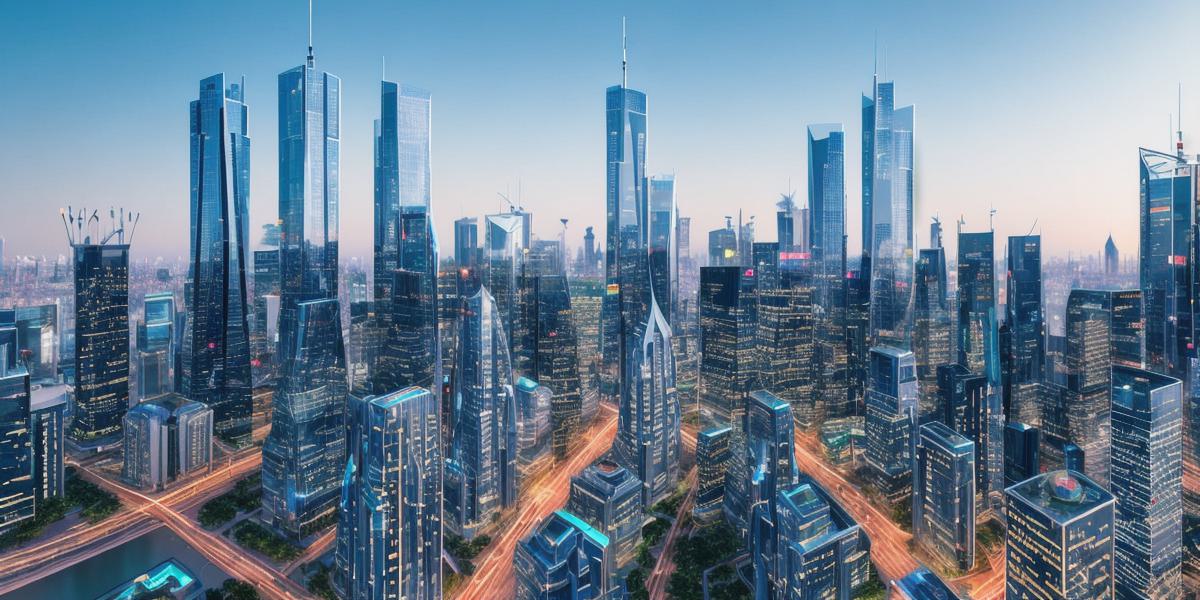As technology continues to advance, there has been a growing trend towards using artificial intelligence (AI) to create 3D models from images. This not only saves time and effort for developers, but also allows for more accurate and realistic results. In this article, we will explore the various AI-powered tools and techniques available for transforming images into 3D models, as well as the benefits and potential pitfalls of using these technologies.
The Benefits of Using AI to Create 3D Models from Images
One of the main advantages of using AI to create 3D models is that it can greatly reduce the amount of time and effort required to create accurate and realistic models. This is because AI algorithms can analyze images in a fraction of the time it would take a human to do so, and can make adjustments and corrections based on this analysis.
Another benefit of using AI to create 3D models is that it allows for more flexibility and customization. With traditional 3D modeling techniques, designers are often limited by the tools and software available to them, which can be expensive and time-consuming to acquire. However, with AI-powered tools, designers have access to a wider range of options and can create models in a variety of styles and formats.
The Risks of Using AI to Create 3D Models from Images
While there are many benefits to using AI to create 3D models, there are also some potential risks and challenges that designers should be aware of. One of the main risks is that AI algorithms may not always produce accurate or realistic results. This can be due to a variety of factors, including issues with image quality or incomplete data.
Another risk of using AI to create 3D models is that it may be difficult to interpret or modify the output of these tools. This can make it more challenging for designers to make adjustments and corrections to their models, which can lead to longer development times and greater frustration.
Real-Life Examples of AI in Action: Transforming Images into 3D Models
There are many examples of AI being used to create 3D models from images. One well-known example is the use of AI algorithms to generate photorealistic 3D models of buildings and other structures. This is often done by analyzing high-resolution images of the building, and then using this data to create a highly detailed and accurate 3D model.
Another example of AI in action is the creation of virtual reality (VR) experiences. These experiences often require highly realistic and interactive 3D models, which can be generated using AI algorithms that analyze images of the real world. This allows designers to create immersive and engaging VR experiences without having to spend a great deal of time and effort on creating accurate 3D models from scratch.
FAQs: Frequently Asked Questions About Using AI to Create 3D Models
Q: What types of images can be used to create 3D models with AI?
A: AI algorithms can analyze a wide range of images, including photographs, 360-degree scans, and even virtual reality (VR) footage. However, the quality and resolution of these images will greatly affect the accuracy and realism of the resulting 3D model.
Q: How accurate are AI-generated 3D models?
A: The accuracy of AI-generated 3D models can vary depending on a variety of factors, including the quality and resolution of the input images, as well as the specific algorithm being used. However, with careful calibration and testing, it is possible to create highly accurate and realistic 3D models using AI.
Q: Are there any limitations to what AI can do when creating 3D models?
A: While AI algorithms are capable of analyzing
